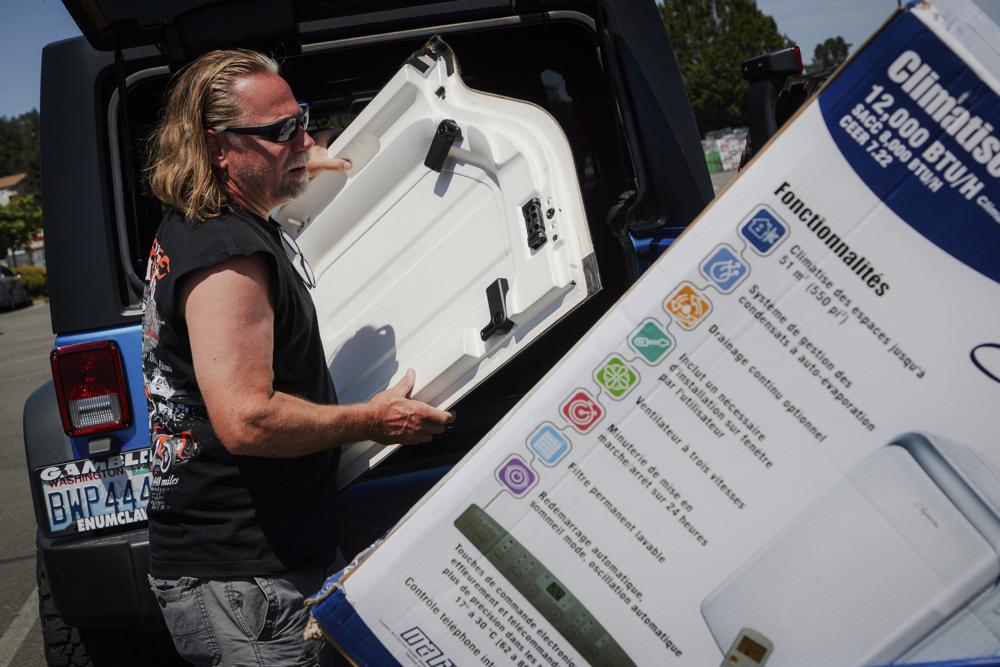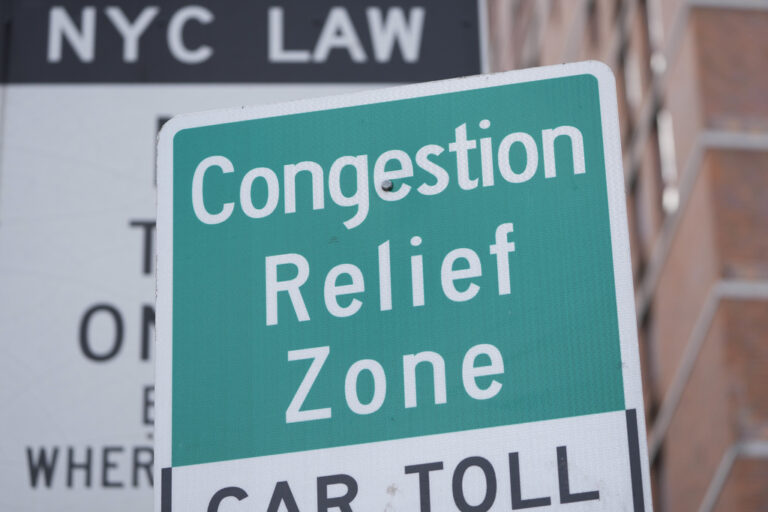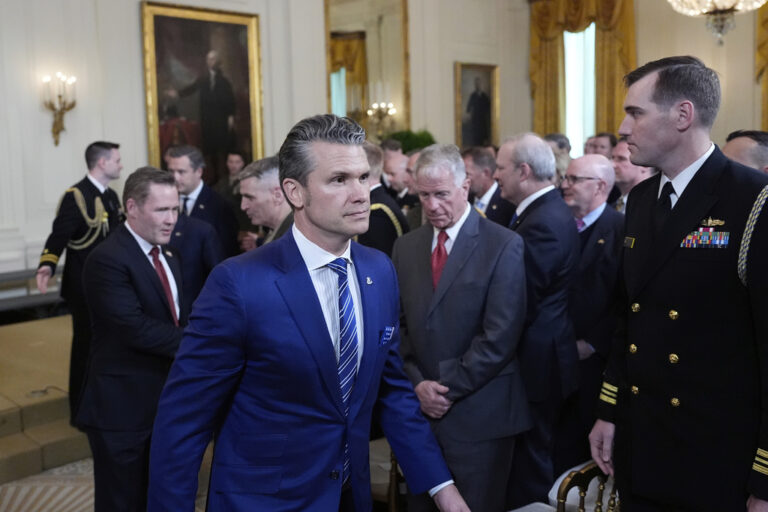The Pacific Northwest is bracing for a major heat wave just as the Northeastern part of the United States will soon see a slight break in extreme temperatures.
In Washington state and Oregon temperatures are forecast to top 100 degrees Fahrenheit (37.8 Celsius) in some places this week as climate change fuels longer hot spells in a region where such events were historically uncommon.
“To have five-day stretches or a weeklong stretch above 90 degrees is very, very rare for the Pacific Northwest,” said Vivek Shandas, professor of climate adaptation at Portland State University.
The scorching weather comes as the opposite side of the country saw forecasts for slight cooling early this week after a stretch of days where temperatures topped 100 F (37.8 C) in multiple places.
Philadelphia hit 99 degrees (37 Celsius) Sunday before even factoring in humidity. Newark, New Jersey, saw its fifth consecutive day of 100 degrees or higher, the longest such streak since records began in 1931. Boston also hit 100 degrees, surpassing the previous daily record high of 98 degrees set in 1933.
At least two heat-related deaths have been reported in the Northeast.
While such high temperatures are sometimes seen in the Northeast, local officials and residents in the Northwest have been scrambling to adjust to longer, hotter heat waves following last summer’s deadly “heat dome.”
In late June and early July 2021, about 800 people died across Oregon, Washington and British Columbia during the days-long extreme heat event, which saw record temperatures soar to 116 degrees F (46.7 C) in Portland and smash heat records in cities and towns across the region. Many of those who died were elderly and lived alone.
While temperatures aren’t expected to reach those highs next week, the number of consecutive hot days has officials on guard. Portland, Oregon, could top 100 degrees F (37.8 C) on Tuesday and wide swaths of western Oregon and Washington are predicted to be well above historic averages throughout the week.
“It’s nothing we haven’t seen before in terms of the magnitude, but the duration of the event is fairly unusual,” said John Bumgardner, a meteorologist at the NWS office in Portland.
“We’re trying to message that people who don’t have AC might have a harder time near the end of the event.” said Bumgardner, adding there may be an “accumulation” of sleep deprivation if it doesn’t cool off sufficiently at night.
In Oregon, Portland officials are opening cooling centers in public buildings and installing misting stations in parks. Garbage trucks may start their rounds as early as 4 a.m. this week to allow drivers to work in the early morning, reducing exposure to heat and health risks. And at least a dozen libraries are extending hours, staying open until 8 p.m. to allow people more time to cool off.
Multnomah County, which includes Portland, is opening four overnight emergency cooling shelters starting Tuesday where vulnerable populations will be able to spend the night.
Officials hope outreach efforts will help those facing the greatest risk from heat, including people who are older, people who live alone, those with disabilities, low-income households without air conditioning and the unhoused.
“Unfortunately there’s this intersection of our climate crisis and our housing emergency,” said Jonna Papefthimiou, Chief Resilience Officer for the Portland Bureau of Emergency Management, adding that unhoused people “face the greatest risk from all kinds of severe weather.”
Officials say making emergency cooling sites accessible to at-risk populations such as the unhoused has been a priority.
Jenny Carver, Multnomah County’s Emergency Manager for the Department of County Human Services, says her work has focused on “ensuring that these sites are as low-barrier as we can make them.”
“We ask folks to just give a name and we don’t check any identification,” said Carver. “We make as many resources available as we can.”
NWS Portland’s Warning Coordination Meteorologist Treena Jensen says cities will be especially concerned by high nighttime temperatures, which may not dip below the 70s. “In the urban areas we have the urban heat island effect that tends to keep temperatures warmer a little bit longer and can cause more heat impacts,” she said.
The National Weather Service has issued an excessive heat warning stretching from the Portland metro area down to the state capital Salem and through the Columbia Gorge on both the Washington state and Oregon sides. Such warnings indicate a significantly higher risk of heat-related illnesses.
Inland areas further from the coast will see even more intense heat. The NWS forecasts temperatures may top 110 F (43.3 C) in parts of southeastern Washington and northwestern Oregon later in the week, potentially breaking records.
Much of the U.S. saw above-average warmer temperatures in June, according to the National Oceanic and Atmospheric Administration.
Last year’s deadly heat dome prompted the city of Portland and the state of Oregon to take action. The Portland Housing Bureau will require newly constructed subsidized housing to have air conditioning. A new state law will require housing built after April 2024 to have air conditioning in at least one room, and prevents landlords from restricting tenants from installing cooling devices in most cases.
Portland also launched a heat response program to provide heat pumps and cooling devices to vulnerable residents. It aims to distribute 15,000 units over the next five years.
Some 3,000 cooling units have been ordered but only around 750 have been installed so far, according to figures from Earth Advantage, the nonprofit overseeing the program’s purchases and logistics. This is partly due to supply chain shortages amid growing demand for air conditioners, according to Jaimes Valdez, the Organizational, Development and Policy Manager for the Portland Clean Energy Fund.
PSU’s Shandas says the Pacific Northwest has “tipped over into a new normal.”
“The ecology is not prepared for it, our infrastructure’s not prepared for it, and certainly the communities are just now trying to figure out what to do about it,” he said.
(AP)











